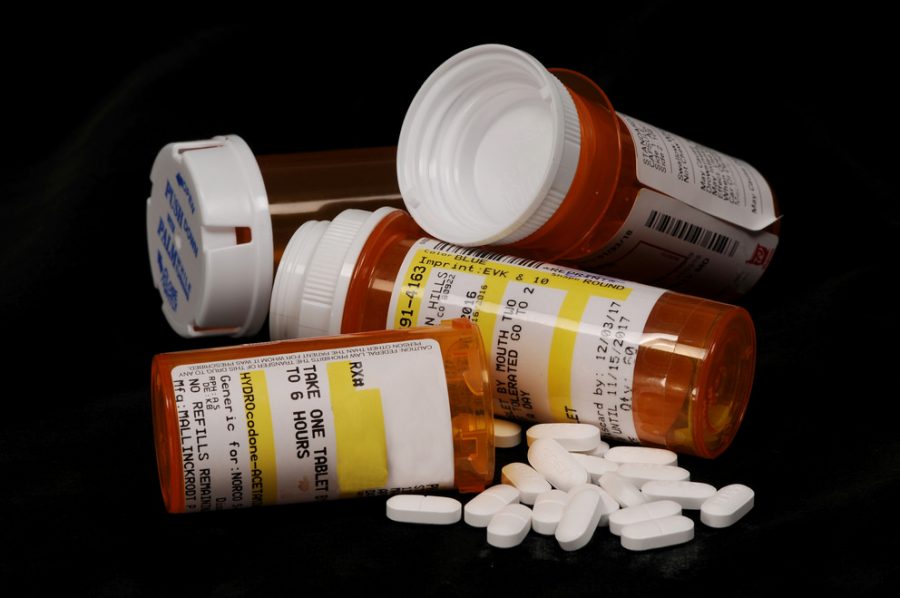Managing pain without pills
Any response to opioid addiction requires caregivers, patients to be knowledgeable, communicate together
Pain helps people learn what they should and should not do. Treating pain demands great care to not become addicted to the many painkillers medical professionals prescribe patients for various illnesses and injuries.
November 8, 2018
As the population grows older, we will need better medical science and services to maintain a healthy populace. To that end, we require accurate information on all aspects of health to ensure treatment is applied to its greatest result.
Pain stands as one of these aspects.
Whether caused by a stubbed toe or a scratched knee, pain is a common element of people’s lives and is essential to sustaining a healthy body, but it is often avoided by the use of medication.
“It’s easy to mask pain with a pill,” said Dr. Matthew Layton, clinical education director of the Department of Medical Education and Clinical Sciences at WSU.
While the experience is unpleasant, pain is a biologically protective function. It is the neurological response to overwhelming stimulus, which typically comes in the form of physical trauma that naturally resolves into a desire to avoid such sensation in the future.
In this way, our body learns what harms and what helps, and the difference between the two comes down to the presence or absence of pain.
But this distinction is deceptive in its own right.
There are actions in life which bring pain but are harmless and actions which bring relief but are self-destructive.
As any athletics trainer could tell you, muscles grow through the repeated tearing and mending of muscle fiber. Though this process is slow and painful, regular exercise benefits the body and mind, according to the Centers for Disease Control and Prevention.
Understanding these exceptions helps establish a balance between pain and pleasure which is essential knowledge when dealing with artificial adjustment of these responses.
In medical science, synthetic opioids have been used for decades to help manage patients’ pain. They suppress unavoidable pains, such as when undergoing the acute pain of surgery or pain felt chronically from a lasting ailment, common in back injuries.
Pain relievers come in forms like OxyContin, Vicodin, codeine and morphine, all of which can lead to dependency. With regular use, even when prescribed, it puts patients at risk for addiction, overdose and death, according to the National Institute on Drug Abuse.
While in the 1990s the medical world thought opioids were incapable of causing addiction, this misunderstanding has since been righted and many precautions are in practice when prescribing opioids.
“It’s difficult to find practitioners who feel comfortable supplying people with opioids,” said Dr. Marian L. Wilson, assistant professor at the WSU College of Nursing.
When a patient appears in need of painkillers or otherwise requests them, it falls on the judgment of the doctor to decide on the patients need. Yet even with advancing techniques of pain measurement and management through tests and training, there is no guarantee a patient won’t misuse a prescribed dose.
“Everyone has equal opportunity to be addicted to opioids,” Wilson said. “It’s not about locality; it’s about individuality.”
Opioid addiction is not an isolated event. It can be spread anywhere and everywhere a health institution exists, potentially affecting anyone allowed medicinal use.
The fault is not with doctors who prescribe a substance with such danger. While pain is natural and beneficial to a point, there are times it is excessive and unnecessary and a healthy moderation induced by opioids becomes the best course of action.
The fault is in a system which lacks accurate information.
Misinformation on opioids is the most dangerous part of their use. Health professionals and patients need to understand how easy it is to get addicted to substances even if they are intended to help.
While WSU programs like the Alcohol and Drug Abuse Program and Program of Excellence in Addictions Research support the research of drug addiction, they are still not enough.

















